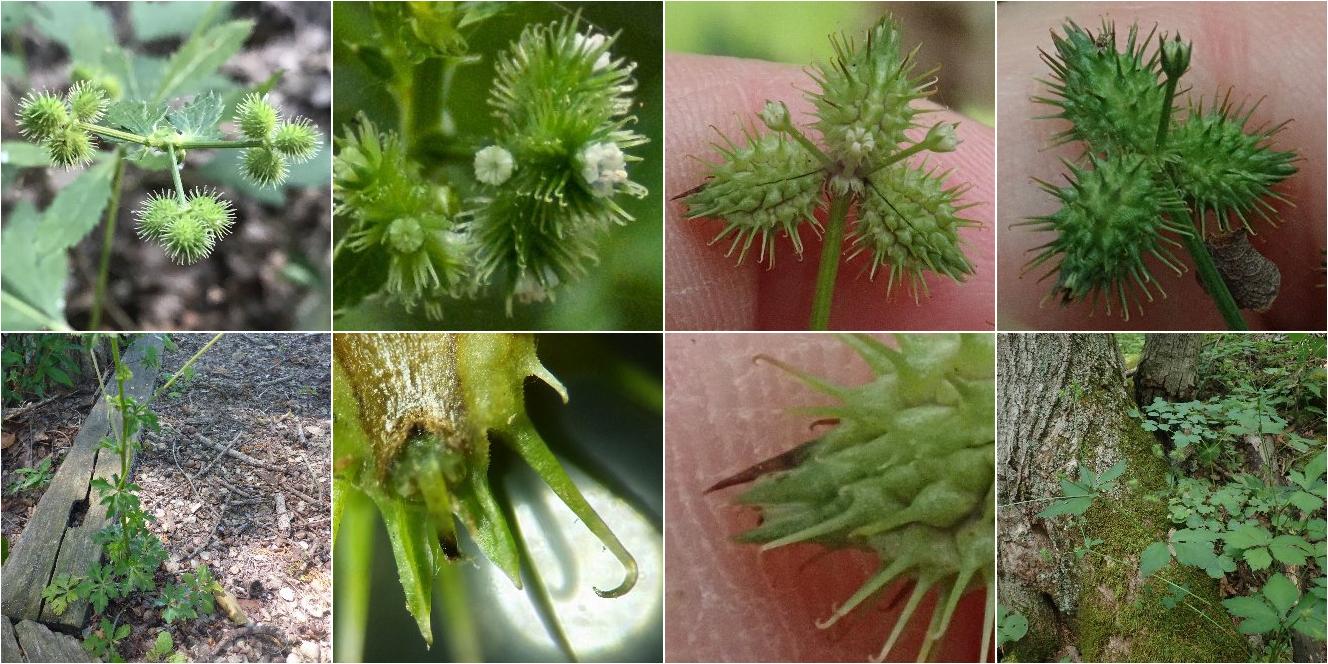Canadian Blacksnakeroot (Sanicula canadensis) vs. Small's Blacksnakeroot (Sanicula smallii)
Updated May 31st, 2022Sanicula are notoriously hard to distinguish. These two species can be confused where their ranges overlap, as both tend to have 3 leaflets with similar shapes, tiny bright white flowers, and both can be found in deciduous forests as well as mixed pine-hardwood forests. They can be easily distinguished by differences in their inflorescence, and, especially during the growing season, by differences in leaf color and texture shape. S. canadensis is more likely on disturbed sites and ranges into slightly wetter and sunnier sites, whereas S. smallii prefers sites with richer leaf litter, and also ranges onto slightly drier and shadier sites.






